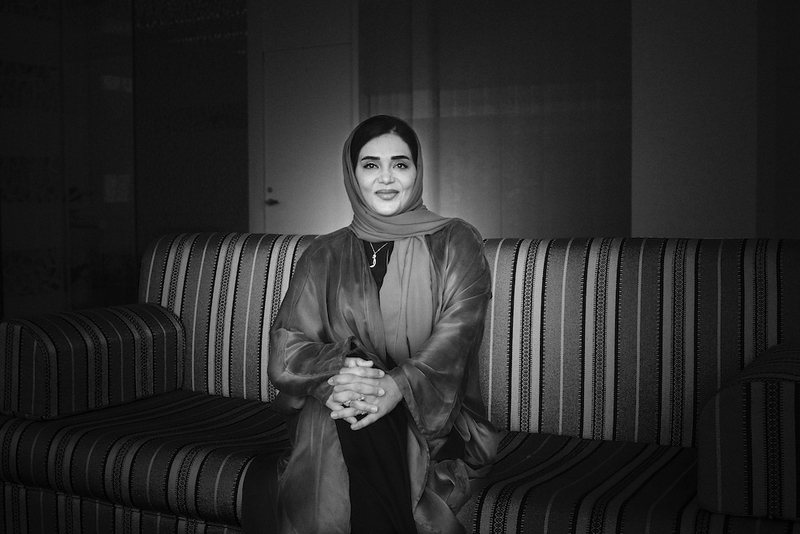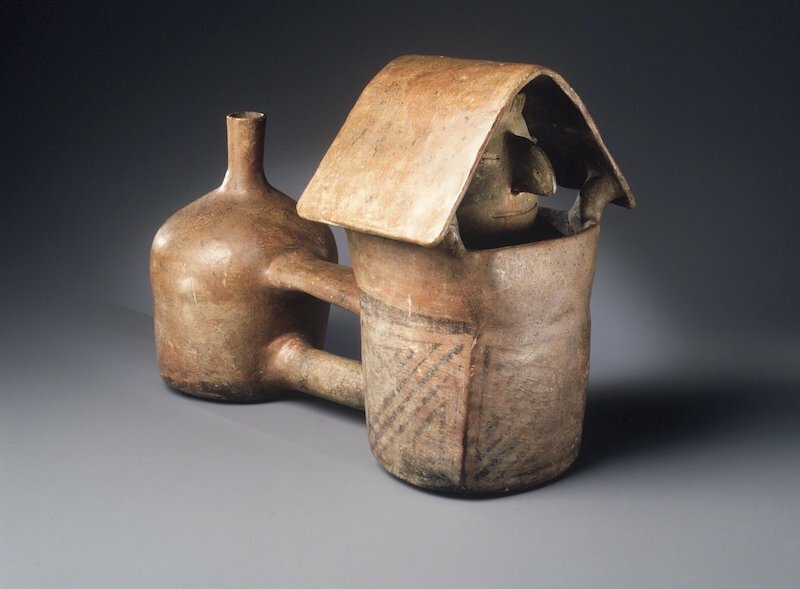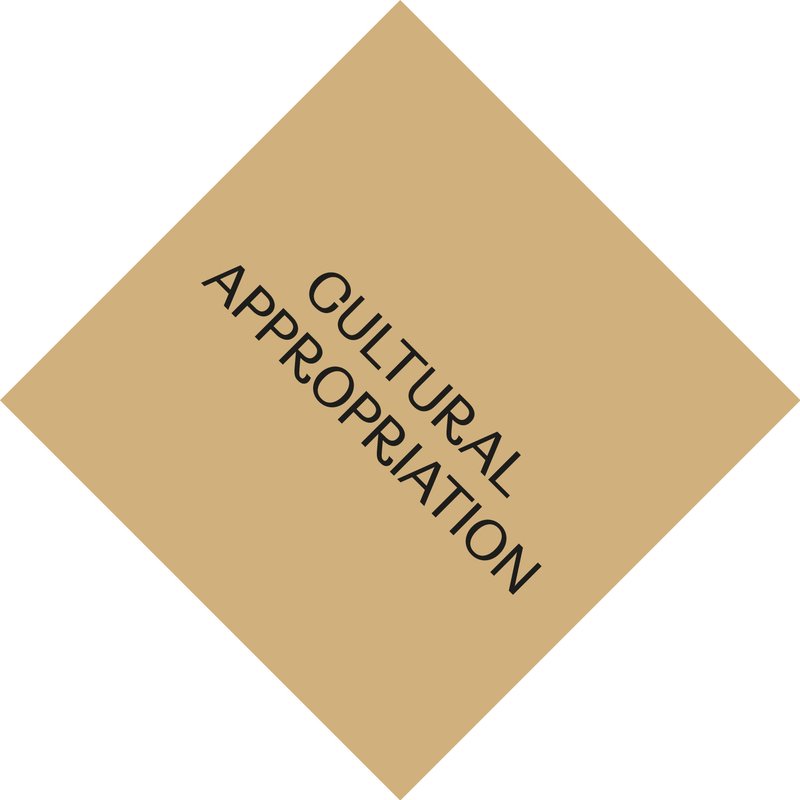
The Islamic city (l’urbanisme musulman) is a Western research tradition concept important for the perception of West Asia and North Africa, originally coined (in the late 19th century) by French researchers of the colonial period. Based on their personal experience (travelogues) and research carried out in the Maghreb and the Levant, they, in the spirit of Orientalism, highlighted some “universal” features of the Islamic city as such, from the 7th to the 20th centuries. This type of urbanism was characterized by a double negation—the chaos of streets, the absence of straight lines and a clear plan, plus the absence of self-government (both communes or urban autonomy, since Islamic law does not in any way define the city as a unique administrative and legal object) that had allegedly become the basis for the dynamic development of the West, its freedom and democracy.
These authors commonly described several specific cities in a certain historical situation (namely, the end of the Ottoman empire and the arrival of the French authorities), still using this basis for making large-scale theoretical constructions about the essence of the Islamic city from the 7th to the 20th centuries. Their verdict was far from optimistic: the degradation of the beautiful and “right” ancient space after the Islamic conquest—colonial authorities, with their reasonable projects aimed to rebuild cities, were expected to return the lost order of the Roman era.
It is important to mention that French researchers arrived at such conclusions not guided by books and other secondary sources, but as a result of their personal contact with the cities of the Maghreb and the Levant. They approached the city of the East as a chaos, a labyrinth, with prominent sights such as markets and mosques as the only points of support. That is, in the cities of the Maghreb, they remained tourists, experiencing discomfort from the unusual arrangement of the space.
However, where did the conflict of perception that led to this approach to Islamic settlements as “chaos” come from? This could probably be related to one of the basic principles of the structure of the European city of the New Age—namely, decipherability, “picturesqueness.” Any city, just like the world itself, is organized as the world picture (in M. Heidegger’s terms), an exhibition accessible to the observer. The space, with its facades, signboards, street numbers, and wide avenues, is open to the observer’s eye and allows him/her to move freely within the space.
In the 20th century, this negativist concept of the Islamic city was actively and fruitfully criticized. Some researchers emphasized that instead of the divisions into public and private spaces typical for Europeans (parliament, stock exchange, streets vs.one’s own house), a Muslim city is distinguished by degrees of openness and accessibility determined by time, circumstances, and personal relationships between specific people, whereas the absence of facades with signboards does not mean a lack of public or political life.
Others (Janet Abu-Lughod) proposed stepping away from capturing the bright features of the city structure (mosque, bazaar, baths) visible by Europeans and focus on the study of structural and functional aspects instead. According to Abu-Lughod, “Islamic” city properties are related to gender segregation, the division of people into Muslims and non-Muslims, Sharia laws, and the way those can be implemented in its space.
Finally, already in the second half of the 20th century, the idea of “the Islamic city” took on a new life—no longer among Western researchers, but as an ideologeme of the townspeople themselves. For example, after the country gained independence about 18,000 people lived in the Moroccan town of Sefrou, which was studied by the famous American anthropologist Clifford Geertz. In 1982, new socialist authorities included into the city’s composition numerous illegal settlements that had sprung up on the outskirts of the border. Those “slums” were not populated by poor peasants, but rather by well-to-do Moroccans who eagerly wanted to become new townspeople—however, “true” Serfou citizens denied them this right, viewing them as “country bumpkins.” The ideologeme of the Islamic city was used by the old elite as a weapon against new city dwellers: it considered the expansion of Sefru illegitimate, praised the old days, and insisted on the distinct separation of the truly Islamic city from the surrounding territories.
Almost all of the above-mentioned examples represent the struggle of the old urban elite against new migrants, the creation of nostalgic narratives, complaints about the decline of culture and the fact that the village “swallowed” the city, and appeals to the supreme power (king or presidents) with requests to limit the development of the city by administrative methods.Instances like these can also be found within the post-Soviet space, with the only difference related to the symbol of the “golden age” and “correct” urbanism which in this case is not found in the Islamic city, but in other ideals. In a nutshell, the concept of the Islamic city has undergone numerous transformations—from a striking, albeit simplistic, concept of orientalist scholars, to the starting point at which contemporary researchers began noticing the complexity of the urban space of the “global South,” as well as a strong image in the debate on the restructuring of megacities.
However, the idea of the local “uniqueness” of the cities of the Near and Middle East is again quite relevant—but now it is explained not through the universalist suprahistorical static model of “the Islamic city,” but through attention to the relationship between the global and the local, traditional, colonial, and national in separate areas of the region. Finally, Islam itself in Eastern megalopolises is now perceived not as a powerful and unified force that determines urban development, but as a space of dispute and conflict, a field of struggle between religious leaders, family, the state, and various communities.
Translated from Russian by Olga Bubich
Further reading
Abu-Lughod, Janet Lippman. “Islamic City — Historic Myth, Islamic Essence and Contemporary Relevance.” International Journal of Middle Eastern Studies. Vol. 19. № 2. 1987. P. 155—176.
Berardi, Roberto. “Espace et Ville en Pays d'Islam.” L'Espace social de la ville arabe. D. Chevallier, ed. Paris: G.-P. Maisonneuve et Larose, 1979.
Geertz, Clifford. “Toutes Directions: Reading the Signs in an Urban Sprawl.” International Journal of Middle East Studies. Vol. 21. № 3. August, 1989. P. 291—306.
von Grunebaum, Gustave. “The Structure of the Muslim Town.” Islam: Essays in the Nature and Growth of a Cultural Tradition. The American Anthropological Association. Memoir № 81. Ann Arbor: 1955.
Heidegger, Martin. The Age of the World Picture. The Question Concerning Technology, and Other Essays. William Lovitt, trans. New York: Harper, 1977.
Sauvaget, Jean. Alep. Essai sur le développement d'une grande ville syrienne. Paris, 1951.
Mitchell, Timothy. Colonizing Egypt. Berkeley: University of California Press, 1988.





